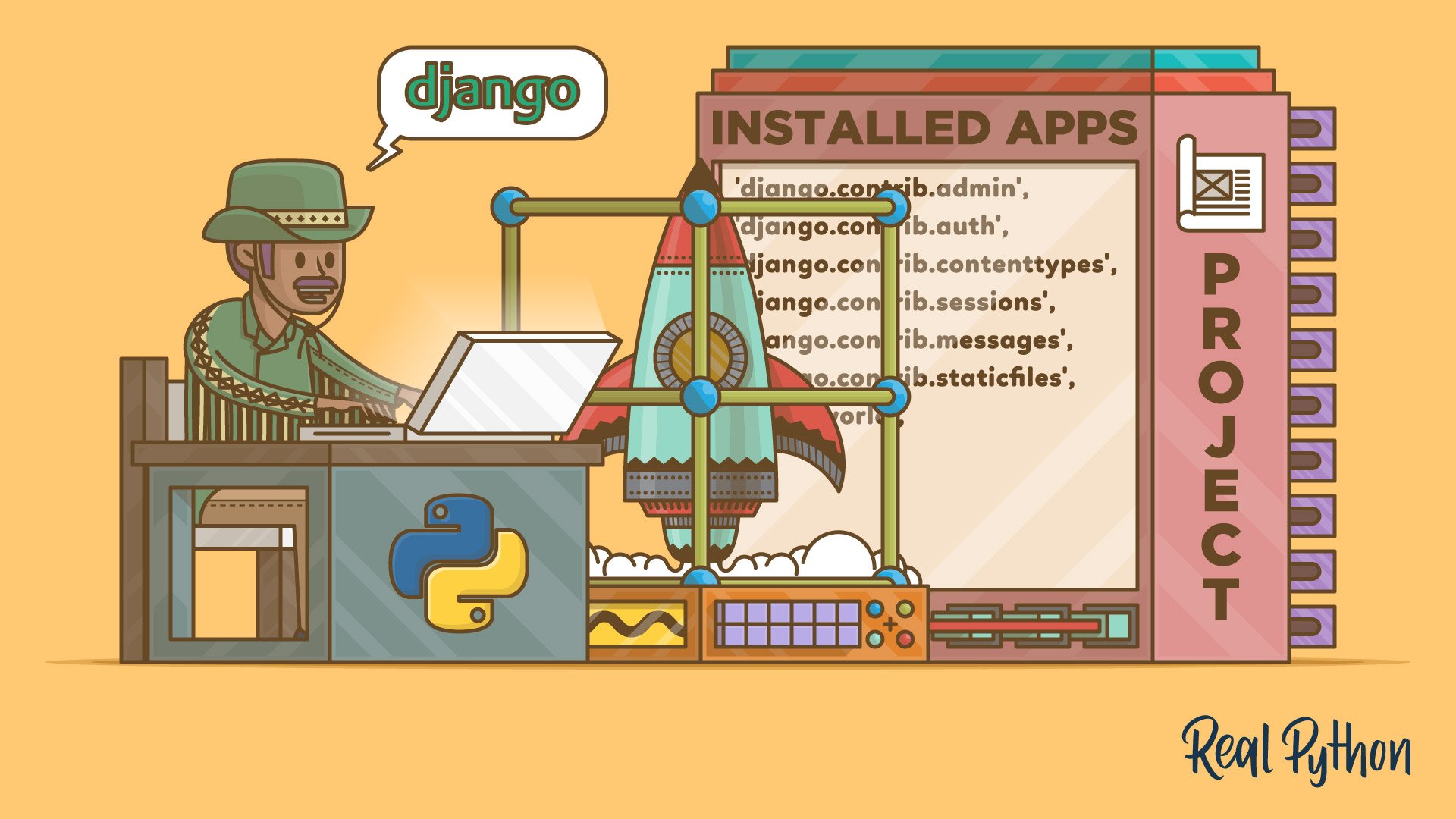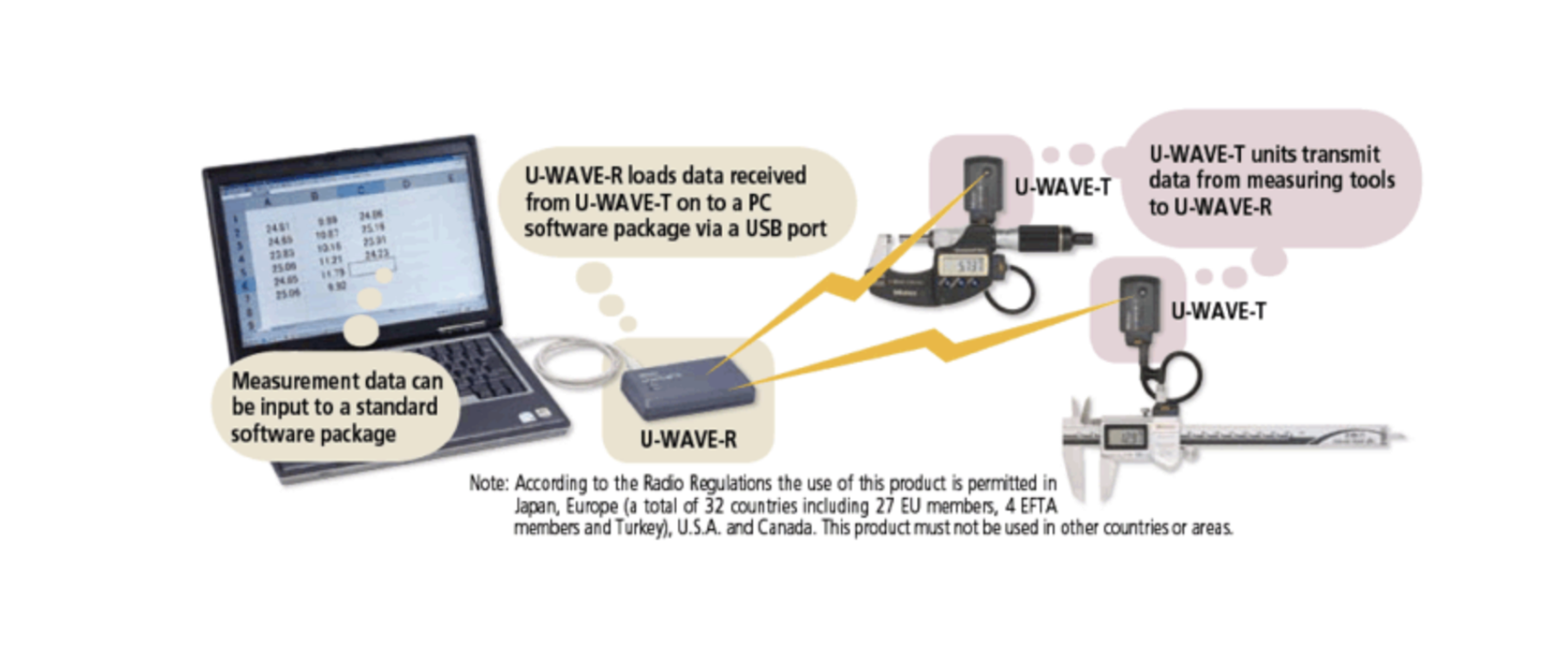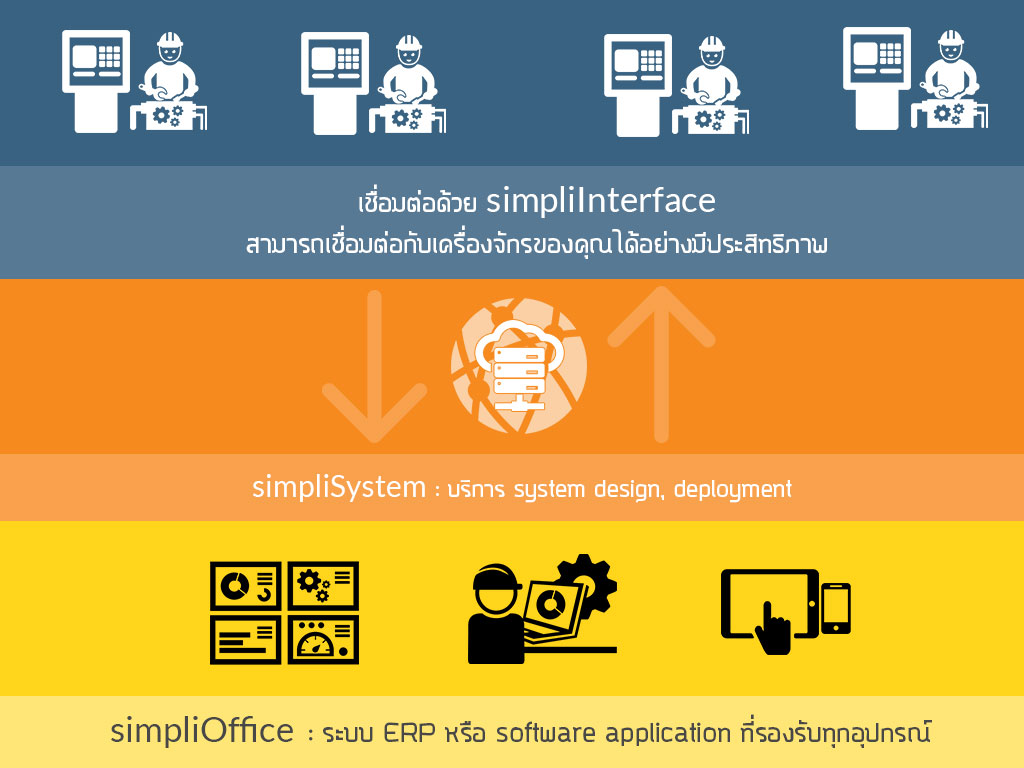Enhancing Naval Mission Readiness with EMI Simulation: Cost-Effective Risk Reduction Using MEEP and Python
❓ Why Should Naval Programs Care About EMI and EMC?
Modern naval vessels are packed with high-performance systems—radars, satellite comms, sensors—all operating in close quarters. But that complexity comes with a hidden risk: electromagnetic interference (EMI).
Unchecked EMI can lead to:
- Communication failure
- GPS jamming
- Malfunctioning navigation or targeting systems
- Unexpected mission delays or safety incidents
That’s why forward-thinking naval programs are turning to simulation-based EMI analysis—well before steel is cut or hardware is installed.
🎯 What This Article Covers
- How we use MEEP (an open-source FDTD tool) and Python automation to simulate EMI/EMC coupling on naval decks
- A cost-effective alternative to expensive physical testing
- How simulations produce visual heatmaps that clearly show electromagnetic “hot zones” and vulnerable systems
🧠 The Approach: Software-Driven EMI Modeling
We simulate a 20m x 20m top deck with transmitters (e.g., radar) and receivers (e.g., GPS, comms gear) placed in various configurations.
Using Python and MEEP, we:
- Model the geometry and source/receiver layout
- Emit controlled signals from each transmitter
- Measure signal strength received at other positions
- Render a heatmap to identify interference zones
📌 Outcome: You know exactly where to reposition, shield, or isolate sensitive equipment—before integration.
💡 The Business Value of EMI Simulation
| Value | Impact |
|---|---|
| Cut integration costs | Avoid costly on-site rework caused by unexpected interference |
| Improve mission reliability | Reduce the risk of communication dropouts or false readings |
| Support compliance & safety | Align with MIL-STD EMI/EMC requirements and risk assessments |
| Enable confident decisions | Visual heatmaps help engineering leads and procurement teams act with clarity |
📈 Results You Can Expect
- Identify high-risk interference zones before physical testing
- Reduce late-stage design changes
- Speed up validation cycles for new electronic systems
- Strengthen coordination between RF engineers and platform designers
🛠 Why MEEP + Python?
- MEEP is a high-accuracy open-source field solver (used in research and aerospace)
- Python scripting automates complex setups—making repeat testing easy
- No expensive licenses needed—run simulations on standard workstations or cloud VMs
✅ Key Takeaways
Simulation is no longer just a “nice to have.” It’s a strategic tool for reducing risk and cost in naval programs.
If you’re working on:
- Shipboard integration of new electronics
- Deck layout decisions
- EMC risk analysis for procurement or compliance
…we can help you visualize and mitigate electromagnetic risk before it becomes an expensive problem.
🚀 Next Steps
🔍 Want a free sample simulation?
Let us run a deck layout test using your dimensions and equipment specs.
🤝 Need expert support?
We provide turnkey support—from modeling to recommendations.
📩 Contact us now or message us on Line / WhatsApp for fast consultation.
Get in Touch with us
Related Posts
- Vertical AI Use Cases Every Local Government Actually Needs
- 多部门政府数字服务交付的设计(中国版)
- Designing Digital Service Delivery for Multi-Department Governments
- 数字政务服务在上线后失败的七个主要原因
- The Top 7 Reasons Digital Government Services Fail After Launch
- 面向市级与区级政府的数字化系统参考架构
- Reference Architecture for Provincial / Municipal Digital Systems
- 实用型 GovTech 架构:ERP、GIS、政务服务平台与数据中台
- A Practical GovTech Architecture: ERP, GIS, Citizen Portal, and Data Platform
- 为什么应急响应系统必须采用 Offline First 设计(来自 ATAK 的启示)
- Why Emergency Systems Must Work Offline First (Lessons from ATAK)
- 为什么地方政府的软件项目会失败 —— 如何在编写代码之前避免失败
- Why Government Software Projects Fail — And How to Prevent It Before Writing Code
- AI 热潮之后:接下来会发生什么(以及这对中国企业意味着什么)
- After the AI Hype: What Always Comes Next (And Why It Matters for Business)
- 为什么没有系统集成,回收行业的 AI 项目往往会失败
- Why AI in Recycling Fails Without System Integration
- ISA-95 vs RAMI 4.0:中国制造业应该如何选择(以及为什么两者缺一不可)
- ISA-95 vs RAMI 4.0: Which One Should You Use (And Why Both Matter)
- 为什么低代码正在退潮(以及它正在被什么取代)














